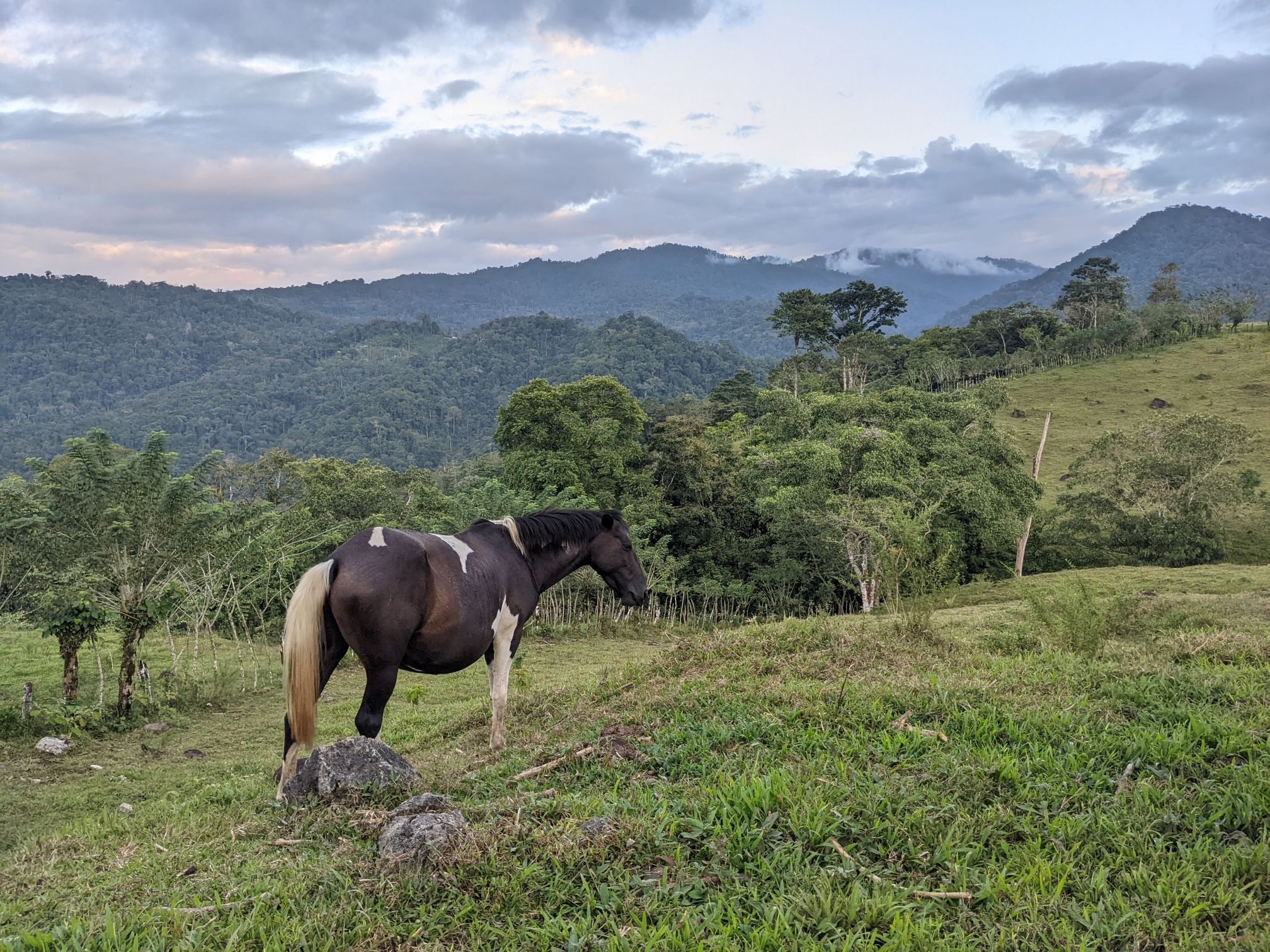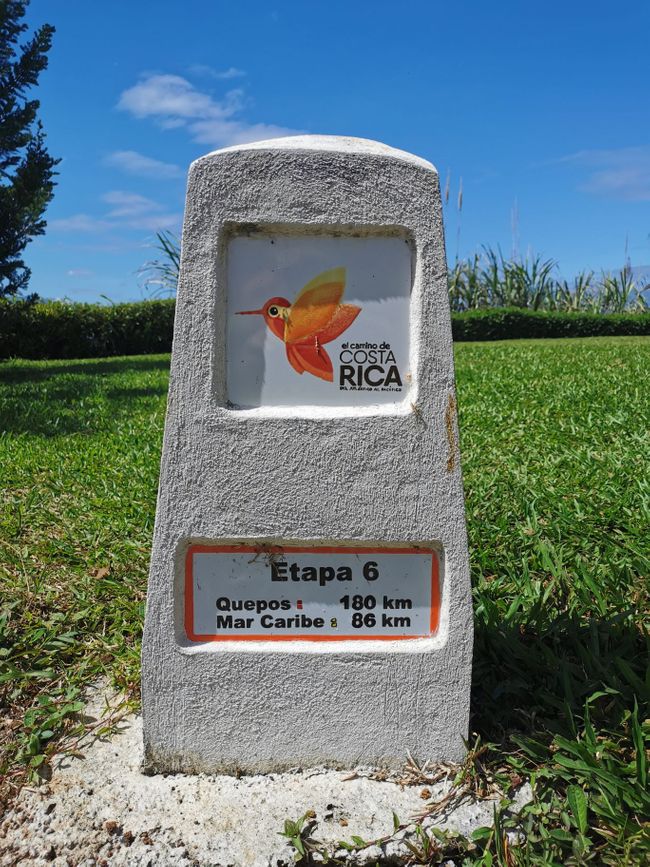Lares Trek - Camping in the Andes
ޝާއިޢުކޮށްފައިވެއެވެ: 10.05.2019
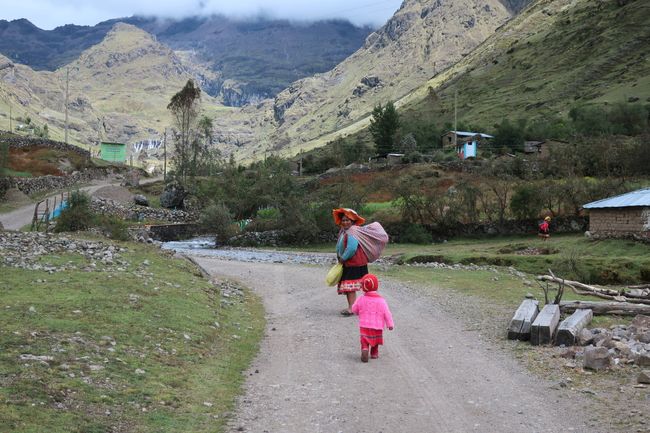
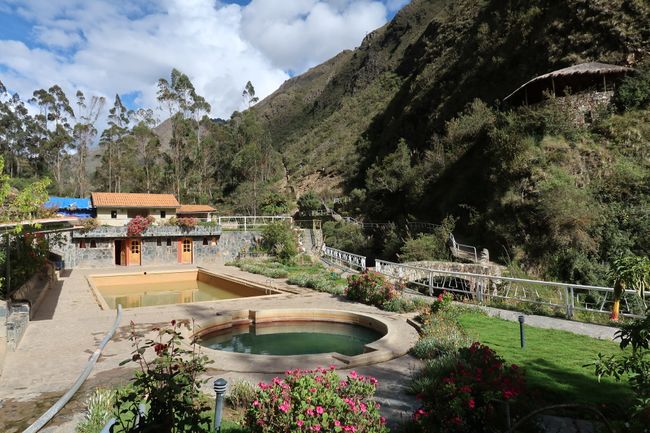
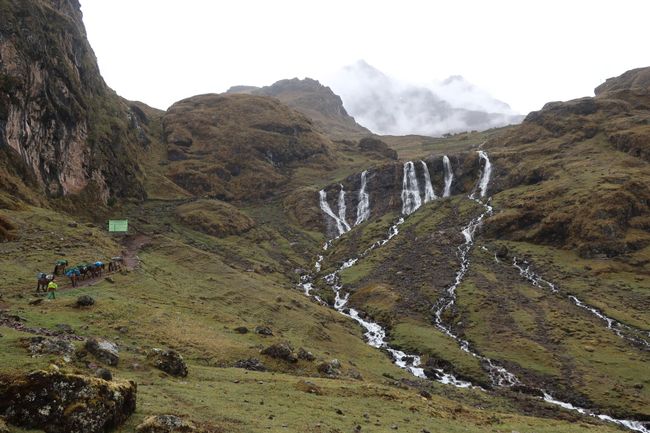
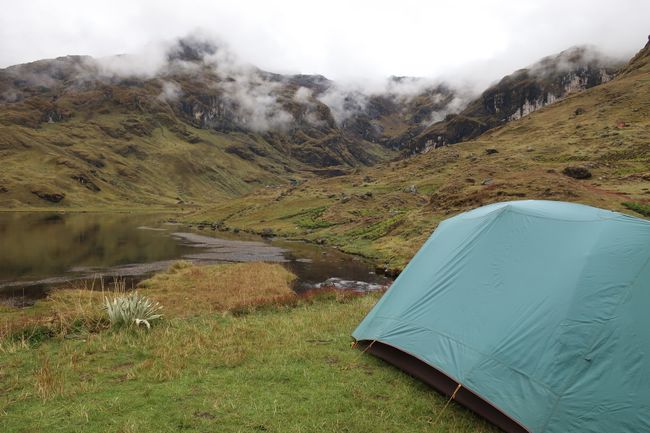
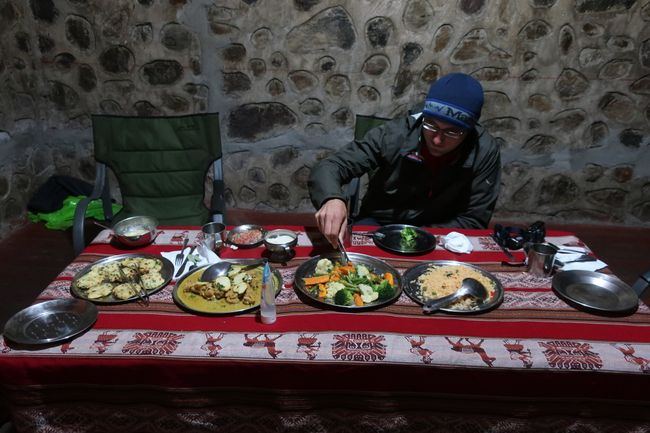
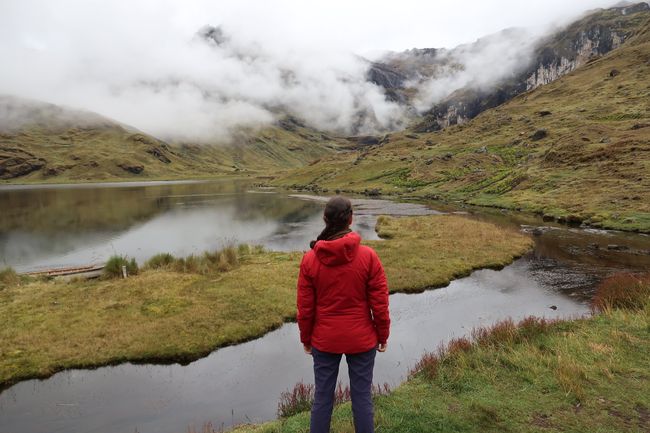
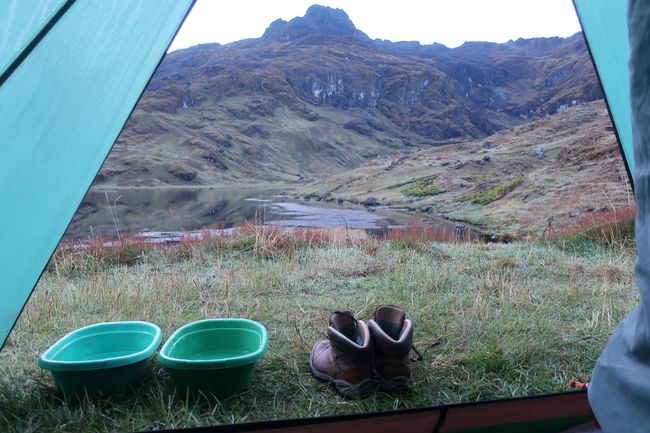
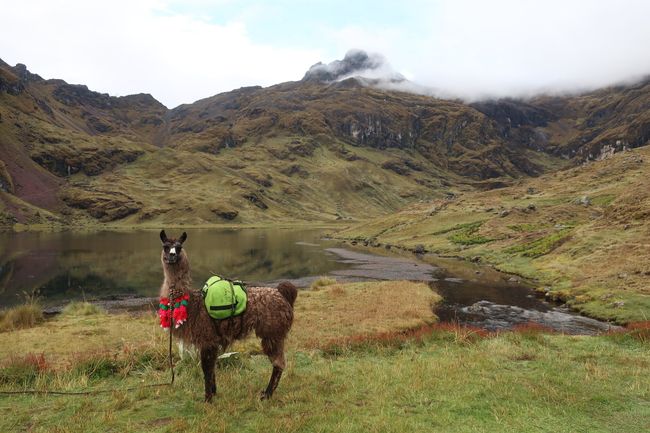
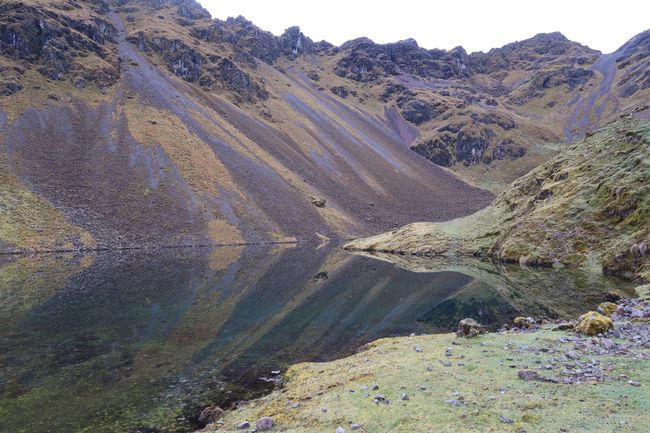
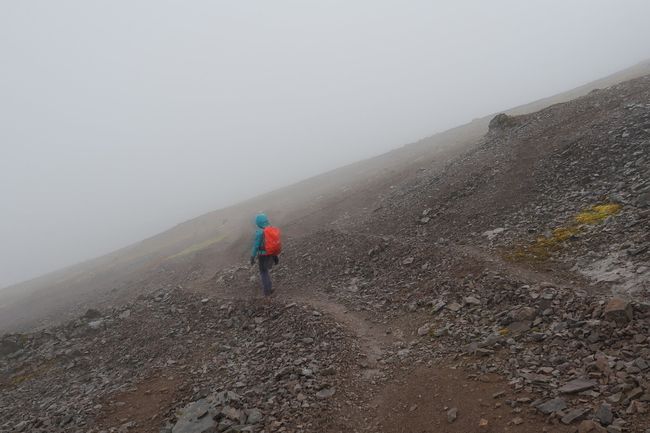
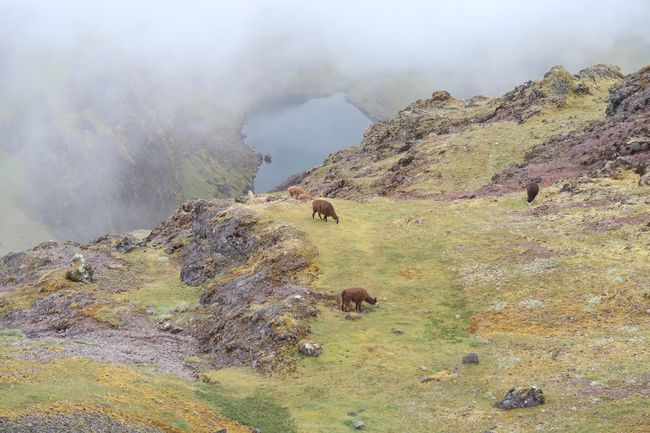
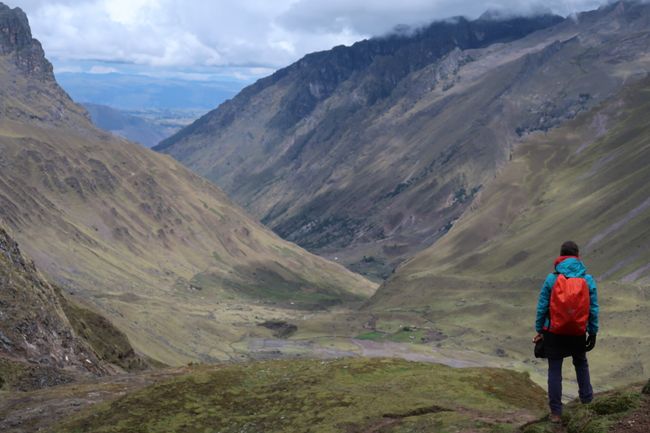
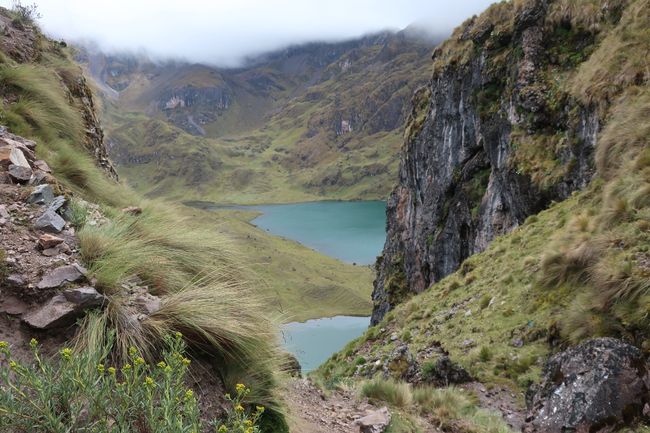
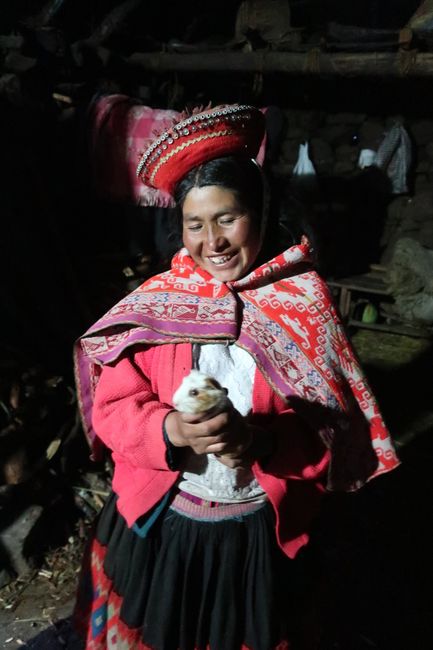
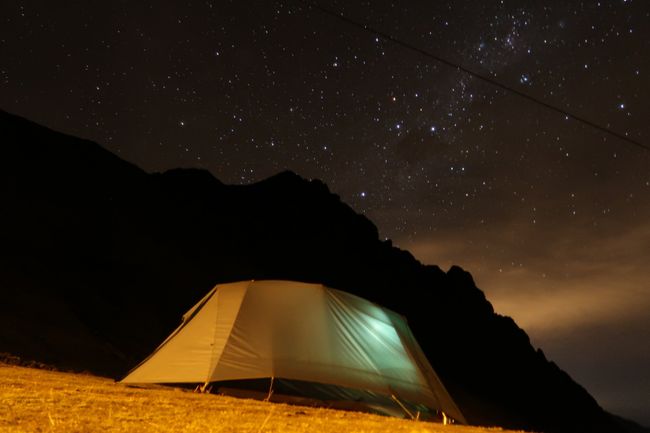
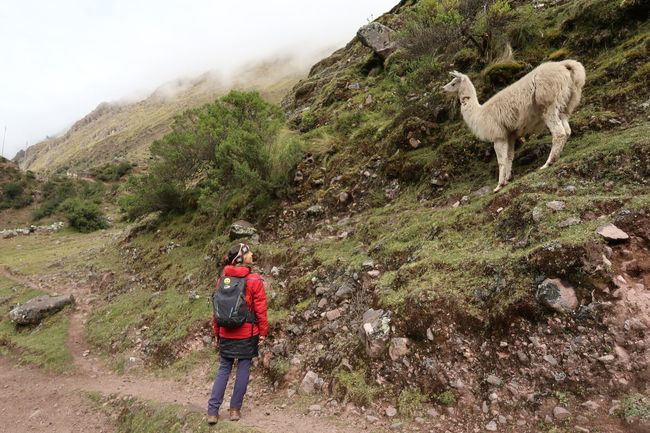
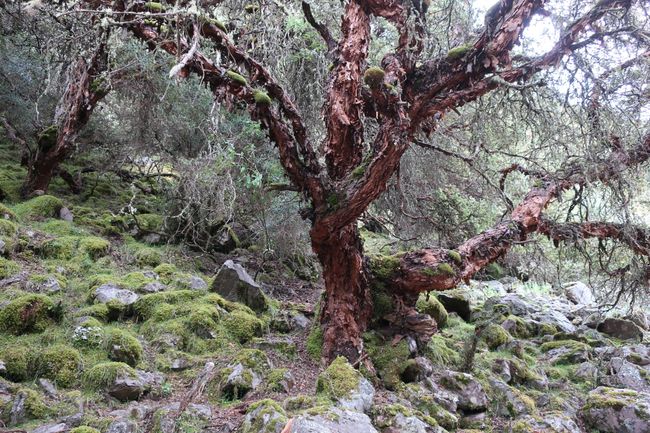
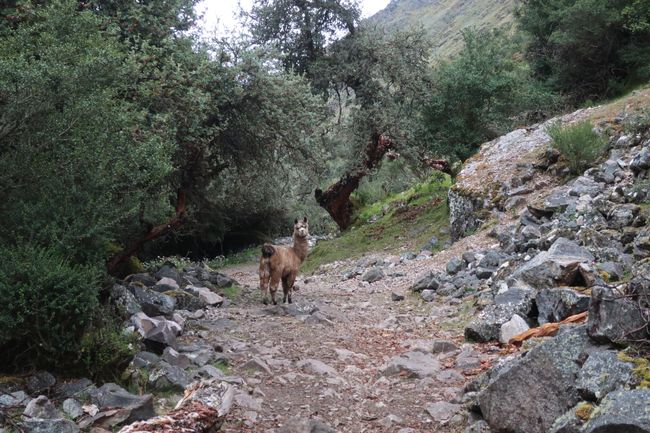
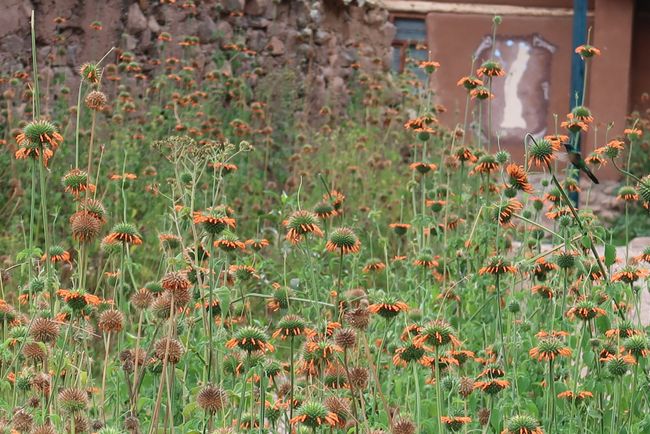
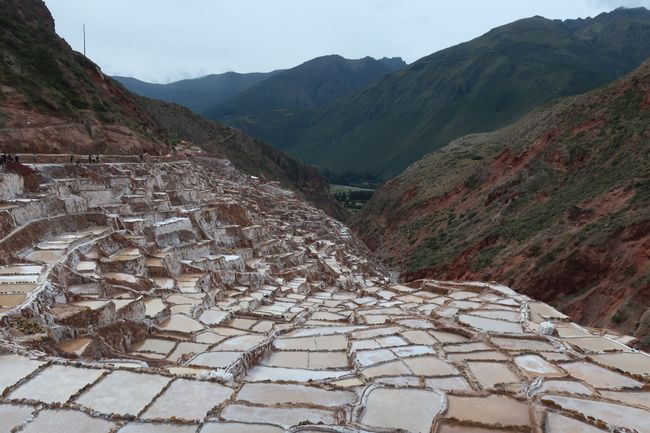
ނިއުސްލެޓަރ އަށް ސަބްސްކްރައިބް ކޮށްލައްވާ
The original reason for our trip to Peru was that I had read a blog article about a multi-day trek through the Andes to Machu Picchu and it was clear: we wanted to do that too. However, we actively decided against the classic 4-day Inca Trail, which is quite crowded, and instead chose the Lares Trek as an alternative route. The advantage is that there are fewer steps here and you pass through small remote Andean villages while still walking on an ancient Inca trail (and the main luggage such as tents and food can be transported to the campsites by mules). After extensive research, we chose Alpaca Expedition as our tour provider because they offer the three-day Lares Trek in combination with a two-day shortened Inca Trail.
We were picked up at 5 am on the first day in Cusco. The first surprise was that apparently no one else had booked this specific tour combination for this date and we were given a private tour again, with all the trimmings. The drive to the starting point already took us through the lush green Sacred Valley and raised our anticipation. After a short stop in a small village with a visit to a local market for some snacks, we arrived at the starting point. The small town of Lares (at 3200m) is known for its hot springs, so the first day started off quite relaxed with a bath in the various hot pools and a delicious breakfast in the open air. The first stage included a two-hour uphill hike. Chris was reminded of the High Tatras in Slovakia, where he used to hike with his grandparents. Along the way, we already passed the first remote stone houses of the locals and also saw women in traditional clothing harvesting potatoes on barren ground. Lunch took place in the small community of Quiswarani, where we were also offered various self-knitted products made of alpaca wool. Afterwards, we continued uphill in light drizzle, past a beautiful waterfall called "The Seven Sisters", until we reached our destination in the late afternoon. We were almost breathless: our tour companions (a chef, a cowboy for the 4 mules, and a porter) had already set up the campsite at an altitude of 3900m next to a lonely stone house by a dreamy lagoon surrounded by high mountains. Slowly, fog rolled in and gave the surrounding peaks a mystical appearance. Here, the remoteness can truly be enjoyed. Our chef (a master of camping cuisine) served us a royal meal with rice, meat, vegetables, and quinoa cakes after an appetizer of fresh popcorn. The night was freezing cold and we were afraid that we would not be able to sleep due to the cold, but the down sleeping bags, a hot water bottle, and a particularly high self-inflating sleeping mat allowed us to sleep like baby alpacas.
The view from the tent onto the lagoon on the next morning was heavenly and two bowls of hot water were already waiting for us for a wash-up. After a small lesson with the friendly llama of the community, we set off on the second day with the longest stage: a 3.5-hour hike, partly steep uphill, to the highest point of the trek, the Condor Pass at 4650m, and then another equally long hike downhill over scree to our second camp, again at 3954m, in the next small community of Cancha Cancha. Along the way, glimpses of crystal clear lagoons, in which the mountains were reflected, unfolded before us, before it unfortunately started raining again and everything disappeared into dense fog. Huffing and puffing, we reached almost 4700m and unfortunately had no view of the impressive mountains all around, but some alpacas looked at us calmly from the fog again. Of course, we had also been a bit worried beforehand whether we would cope with the altitude and effort, but apart from a naturally faster breathing and heart rate, we had no health problems such as dizziness or headaches. The gradual acclimatization had paid off, even though the path was still quite a lot of work. We patted ourselves on the back proudly for making it this far without needing a rescue horse or an oxygen bottle (our guide told us that once he even had a 2-meter tall and supposedly athletic soldier who needed the rescue horse for the ascent).
When we finally arrived at the camp, we had truly earned our lunch after getting up at five in the morning and a seven-hour hike, and then we had the afternoon off. We took a little siesta and explored the surroundings a bit, and now the sun and the snow-covered mountains also showed themselves. Early in the evening, a bit of culture was on the agenda. We wanted to visit a family in the local community, and our guide told us a lot about the way of life of the people here and translated diligently for us, as only Quechua is spoken here. We entered the simple stone house, which consisted of only one room. In one corner was an open hearth, a few fur skins lay on the floor as a bed, and in the other corner was a simple wooden table under which free-range chickens and a few guinea pigs were up to their mischief. We felt transported back to the Middle Ages, only the bare light bulb (there has been electricity here for a year) reminded us a bit of modern times. A five-member family lived here in a very original way and welcomed us kindly. Without us asking, traditional garments were handed to us to try on, so that we could immerse ourselves a bit in their culture. Even if this initially seemed a bit touristy to us, the people here wear traditional skirts, ponchos, hats, and hats (and surprisingly, only sandals in the cold) as a matter of course. They were not quite prepared for Chris' size here, as his European thick skull initially did not fit through the small hole in the colorful poncho. On the other hand, I could have easily passed as a small Peruvian. After saying goodbye to the family and having dinner in the camp, it was time to stargaze in the best clear weather. The number of bright stars was indescribable, and the Milky Way, as well as the Southern Cross, were clearly visible. Exhausted and satisfied, we fell asleep in the tent.
The third day marked our last stage of the Lares Trek. We walked downhill for about three hours along a babbling river, past grazing llamas and alpacas. The climate difference was noticeable: vegetation became lusher and the temperature warmer, and the conditions for farmland seemed to improve again downhill. As scheduled for lunch, we arrived in the slightly larger village of Huaran at an altitude of 2700m. We ate together with our group and then it was time to say goodbye to each other, but not before taking a group photo as a keepsake and thanking the entire team. For the rest of the day, we continued only with our guide, driving back to the Sacred Valley and making a detour to the famous salt mines of Maras. These salt mines consist of over 3000 small pools arranged in terraces. A salt-bearing spring feeds the pools, and when the water evaporates in the sun, the salt can be harvested. In Maras, each family takes care of one such salt pool. We were impressed that this sophisticated system dates back to pre-Inca times, over 600 years ago. We then continued by car to the town of Ollantaytambo, where we were once again allowed to spend the night in a hotel before embarking on the second part of this multi-day trek the next day: the Inca Trail to Machu Picchu.
ނިއުސްލެޓަރ އަށް ސަބްސްކްރައިބް ކޮށްލައްވާ
ޖަވާބު (1)
Karin
Die sieben Schwestern sehen sympatisch aus. Kulinarisch seid ihr ja bestens versorgt worden. Äußerst bedauerlich, dass ihr für diesen anstrengenden Aufstieg wegen des Nebels nicht mit einer tollen Sicht belohnt werden konntet. Aber der einmalige Sternenhimmel mit dem Kreuz des Südens war sicher überwältigend.
ދަތުރު ރިޕޯޓްތައް ޕެރޫ އެވެ
